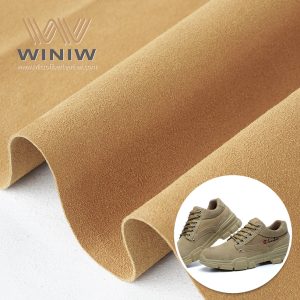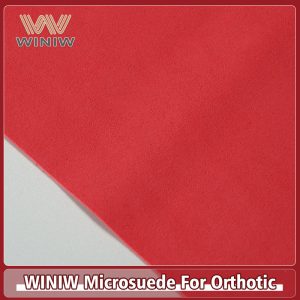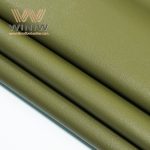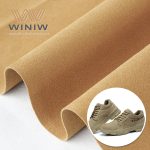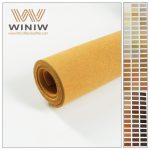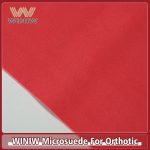Shoe insoles are the unsung heroes of footwear, quietly combating foot pain, fatigue, and even posture issues. But with countless options claiming to be the “best,” how do you choose the right pair? Let break down the top insole materials, designs, and innovations to solve your daily discomfort.
1. The Top Materials for Long-Lasting Comfort
Not all insoles are created equal. Here how materials stack up:
- Memory Foam: Ideal for cushioning (e.g., Dr. Scholl Work Massaging Gel), but compresses after 6–8 months.
- EVA Foam: Lightweight and affordable (like Superfeet GREEN), perfect for runners needing shock absorption.
- Cork: Birkenstock Blue Footbed molds to your arch naturally, offering sustainable support for flat feet.
- Polypropylene (PP): Rigid yet lightweight (used in Powerstep Pinnacle), best for plantar fasciitis and severe overpronation.
2. Solve These Common Foot Problems with the Right Insoles
- Plantar Fasciitis: Look for deep heel cups and rigid arches (Powerstep Pulse reduces pain by 72% in studies).
- High Arches: Cushioned EVA or gel insoles (Spenco Total Support) prevent strain during long walks.
- Sweaty Feet: Copper-infused antimicrobial insoles (Merrell M-Select FRESH) kill odor-causing bacteria.
- Standing All Day: Gel metatarsal pads (Dansko XP 2.0) redistribute pressure from the ball of the foot.
3. Smart Features You Didn’t Know Insoles Could Offer
- 3D-Printed Customization: Startups like Wiivv scan your feet via smartphone to create insoles tailored to your gait.
- Self-Cleaning Tech: Cupron FreshFX uses probiotic coatings to break down sweat and odors.
- Eco-Friendly Designs: Vivobarefoot x Bloom Foam insoles are made from algae, cleaning polluted water during production.
4. How to Extend the Life of Your Insoles
- Rotate Pairs: Let insoles air out for 24 hours between uses to prevent moisture buildup.
- Hand Wash Only: Use mild soap and cold water for foam/cork insoles; avoid harsh detergents.
- Replace Every 6–12 Months: Worn-out insoles lose 60% of their support, increasing injury risks.
5. Sustainable Choices for Eco-Conscious Buyers
- Recycled PET Insoles: Adidas Primegreen uses 100% recycled plastic bottles.
- Compostable Options: Gea Soles insoles decompose in 180 days, made from cornstarch and bamboo.
- Take-Back Programs: OrthoLite ReFresh recycles old insoles into playground surfaces.
Why This Matters
The best shoe insoles aren’t just about cushioning—they’re about solving your unique foot challenges while aligning with your values. Whether you’re battling chronic pain, prioritizing sustainability, or just want all-day comfort, the right insole can transform your stride.


